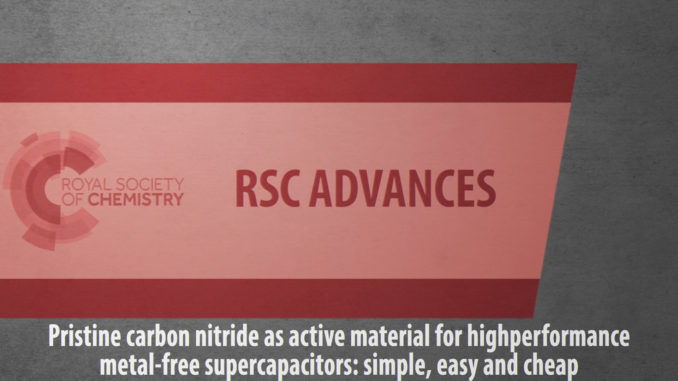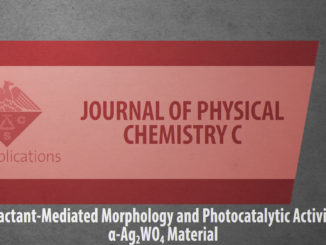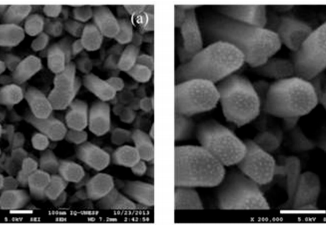
Pristine carbon nitride as active material for high-performance metal-free supercapacitors: simple, easy and cheap
Abstract: Understanding the basic properties of pristine carbon nitride electrodes is of great importance for their further applications as supercapacitor materials. To this end, a comparative study of unmodified carbon nitride is crucial to understand the difference between the bare material and its composite counterparts described in the literature. Therefore, the aim of this paper is to explore the electrochemical behaviour of casting-produced C3N4 electrodes using cyclic voltammetry, charge/discharge curves and impedance spectroscopy. The results from this study show a capacitance value of 113.7 F g(-1) at 0.2 A g(-1) with an impressive retention of 89.2% after 5000 charge and discharge cycles at 3.0 A g(-1). In addition, this material shows a large amount of specific energy (76.5 W h kg(-1)) at an operation power of 11.9 W kg(-1), decreasing only 10.7% due to the electrochemical aging process. Hence, C3N4 constitutes a long-life pristine material with a large amount of energy and a moderate operation power with better performance than other C3N4-based composites found in the literature. These results are important to gain a better understanding of the inherent properties of carbon nitride – to further design composites with higher specific capacitance, longer lifetime, and specific energy.
Author(s): Goncalves, R; Lima, TM; Paixao, MW; Pereira, EC
RSC ADVANCES
Volume: 8 Pages: 35327-35336 Published: 2018
DOI: 10.1039/c8ra06656f




